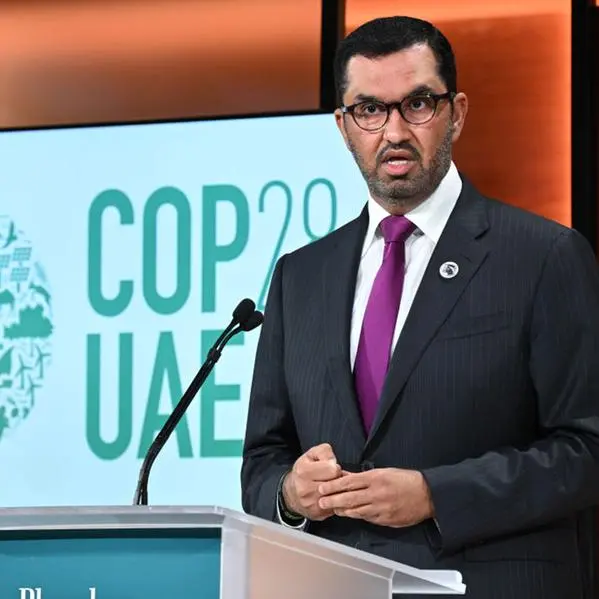DOHA: Key GCC sovereigns, including Qatar, are looking to issue syndicated loans financed by international banks. Qatar is seeking $10bn, while Oman is looking to tap $1bn.
GCC sovereigns have increasingly issued syndicated loans in 2015 in an efforts to tap international markets. The sovereigns mainly looking to tap this market are Qatar and Oman, NBK's economic update on GCC debt market noted. NBK's research note said GCC debt yields were volatile in 2015 before moving higher in the second half of the year. Rising US rates and further declines in oil prices pushed yields up later in the year, though in most cases yields were unchanged or even lower than at the start of 2015.
Meanwhile, debt issuance picked up as sovereigns turned to the debt markets to finance their emerging fiscal deficits. According to NBK analysts yields are likely to climb further in 2016 if current expectations of further hikes in the US federal funds hold. More upward pressure is also likely if oil prices fail to recover from recent lows. Issuance activity was robust in 2015, driven largely by sovereign activity. It is expected to remain healthy in 2016, with debt markets, including bonds and sukuk, likely to play a more central roles as financing needs grow and domestic liquidity is pressured.
GCC debt market yields rose in tandem with global rates during the second half of 2015, though in most cases yields closed the year at or below their levels at the start of 2015. Yields on sovereign paper maturing in 5-6 years across the GCC trended mostly downward during the first half of the year on the back of recovering oil prices and stable global environment. Conditions changed by the middle of the year, with yields moving mostly upward, though in most cases they finished at or slightly below their 2015 starting levels. Yields on Dubai 2021 and Qatar 2022 paper ended the year at 3.64 percent (flat on the year) and 2.81 percent (down 19 basis points), respectively.
Regionally, policy interest rates are expected to move largely in tandem with hikes in the federal funds rate, with central banks keen on maintaining their currency pegs. Indeed, Saudi Arabia, Bahrain, Kuwait, and the UAE all increased key policy rates immediately or within days of the Fed move in December. Central Banks in Qatar and Oman were the exception, keeping policy rates unchanged.
With most GCC countries expected to register fiscal deficits in 2015 and 2016, financing needs are expected to be high. The IMF predicts a financing gap of $650m over the next five years for Saudi Arabia and Kuwait alone.
Most Sovereign issuance in 2015 targeted domestic markets. This added much needed activity and supported the development of debt financing frameworks. Saudi Arabia established a domestic credit rating agency, signaling its intention to expand its investor base beyond quasi-sovereigns and local banks; Oman finalised its Islamic financing framework, which allowed it to issue its first ever sovereign sukuk; Bahrain increased its sovereign debt ceiling and updated its debt management framework; and Kuwait drafted legislation that would permit sovereign sukuk issuance and is looking at setting up the necessary framework within the Ministry of Finance for debt issuance.
The focus on domestic market issuance has put some pressure on banking system liquidity, as is evident by the rise in interbank rates. Liquidity has already come under pressure as government revenues from oil receipts declined. This has led some to consider issuance in international markets in an effort to limit pressures on banking system liquidity. Indeed, Saudi Arabia, Kuwait, and Oman are contemplating international bond issuance. GCC issuance activity is expected to pick up as regional financing needs remain large and issuers maintain robust ratings. Sovereigns will turn to debt markets in a bid to protect their reserves.
© The Peninsula 2016











